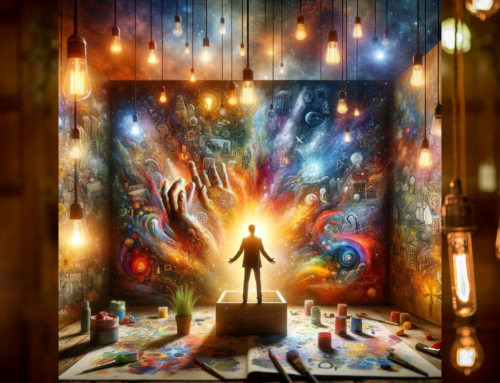Ever found yourself having the same kind of experiences you had with your ex, but with a new partner? It’s almost like dating the same person but with a different face.
It often starts off so well, but it ends in the same way. Of course the common denominator is you, but when you met, you thought they were amazing and different and you might even have thought that maybe this time we have a chance. But then it ends up the same.
This is an archetypal relationship.
From Jung psychology we understand that archetypes are the masks we wear socially. Often these masks were created as a form of protection or a way to find love and attention in our childhood. They are the layers of our ego-self.
The most common is ‘Parent, adult and child’. But there are many more:
The Explorer
The Rebel
The Lover
The Jester
The Magician
Perfectionist
Pleaser
Saboteur
Just to name a few!
When we first meet someone, we often come from an archetype we know will work for us. You might say it’s being the best of who we are, but it’s also a form of protection.
However some of our outwardly hidden selves can still be sensed if not outwardly spotted. There was a test done where a woman was asked to choose a date from one of ten men. She’d had three failed marriages with men who became violent alcoholics. During the test the 10 men were put behind a police screen. She picked the one man who was a self-confessed violent alcoholic in recovery. Now that’s interesting, but when they put her in a line-up of ten women, he chooses her.
I believe we get attracted to a particular archetype, based on the archetype we are. In this case, he is the addict archetype and she is a rescuer or a victim – in addictions this causes a co-dependent relationship.
There are many forms of archetypal matches. In my clients I often see the female archetype of the abandoned orphan, who falls in love with a man who is the lover archetype. He’s charming and makes her feel like she is the only person in the room.
The lover often gives out the love they wish they had been given as a child; a fully present attention. Of course there is a ‘like attracting like’ in this circumstance, as behind the lover is an abandoned child.
If these two do get married, and she has a child, he himself will become childlike when fighting for her lost attention.
The female vision of the lover is the ‘femme fatal’. Of course an abandoned orphan doesn’t have to be someone who really was an abandoned orphan in childhood. It’s an archetypal representation of how they get love and attention.
Many abandoned orphans go for father figures, a strong man who will love and protect them. I have seen this happen when clients fall madly in love with a married man who has children, only to find when he leaves his wife for her, he loses the father figure/protector archetype she was first attracted to.
He also finds this wonderful ‘femme fatal’ turn out to be emotionally needy and becomes jealous of the weekends he spends with his kids.
Understanding the archetypes you have running your life, really helps you break the patterns in relationships that might stop you finding a perfect match.
Two acts can date, but a long term successful relationship needs a self awareness (often only of one of the couple) to have congruence between their head and their heart, so they can see the caricatures they are playing and have some control over how the story ends, happily ever after or an endless search for prince charming.
If you’d like to know more about your archetypes, feel free to book a ‘Breakthrough’ appointment with me and we shall work them out together. https://beckywalsh.com/breakthrough/






